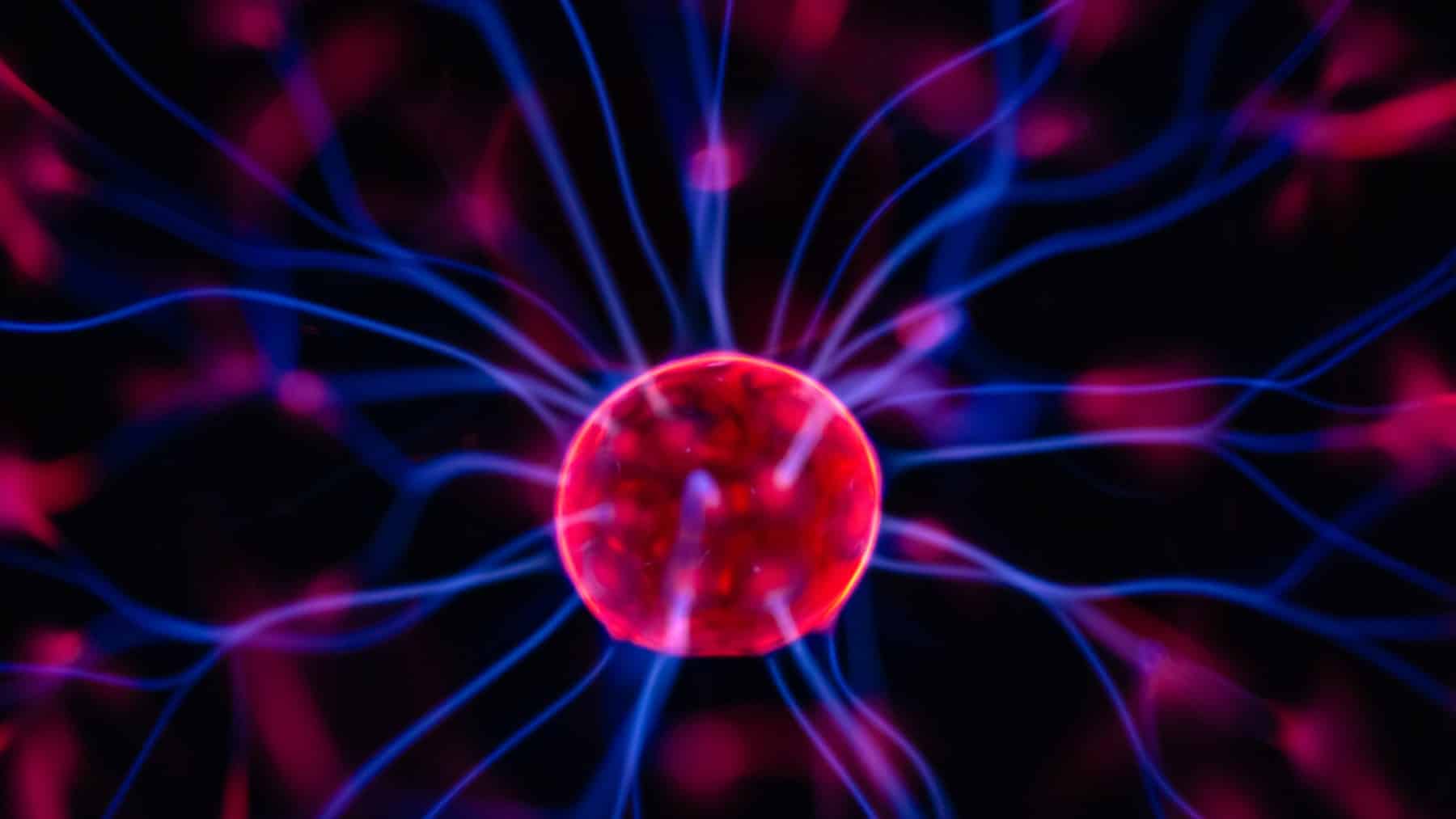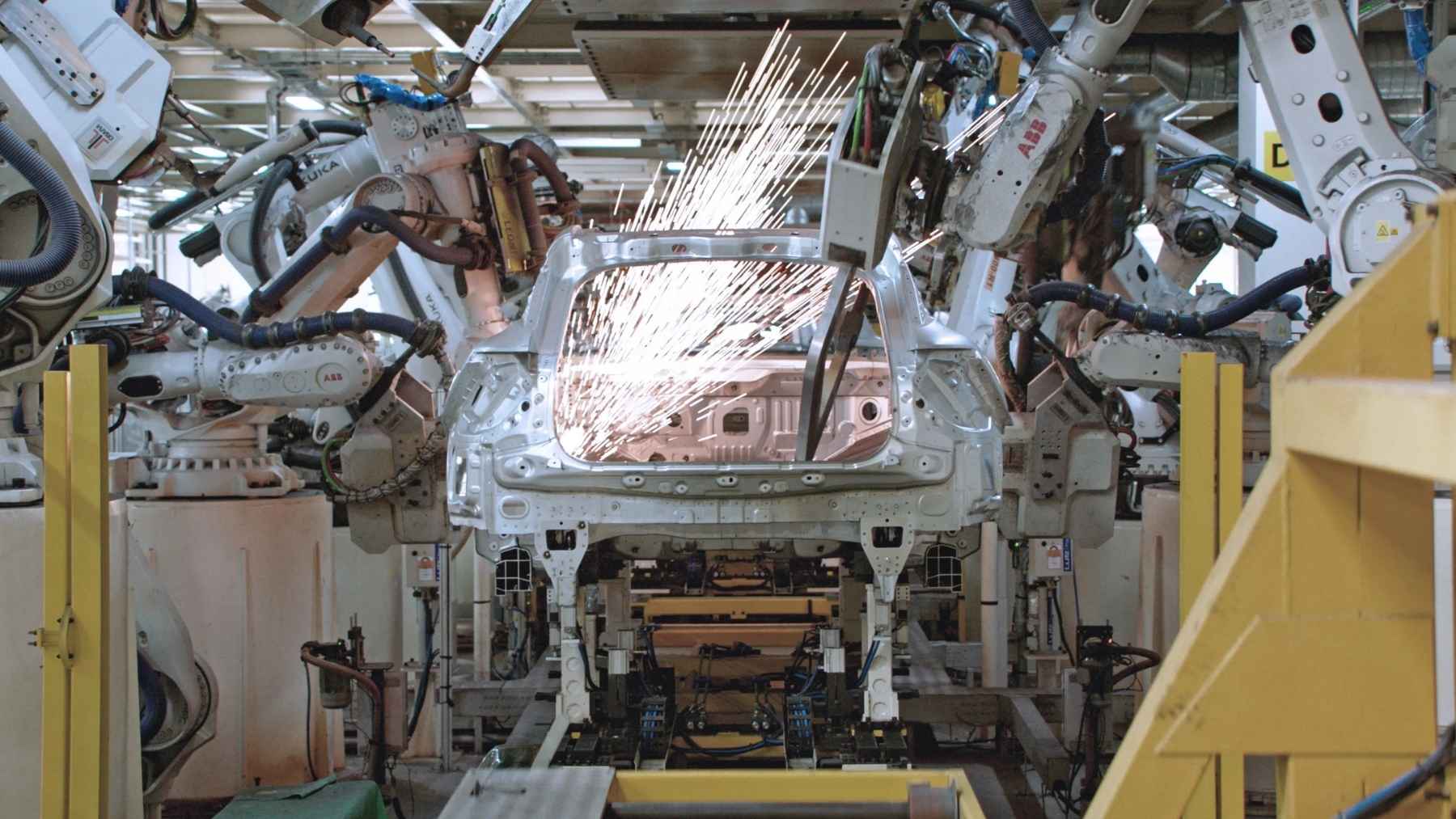Revolutionizing space travel is the order of the day with Russia’s state-owned nuclear agency Rosatom unveiling a plasma-powered engine rocket engineered to reduce the travel time from Earth to Mars. The plasma-powered rocket engine makes travel to Mars a possibility in just about 30 to 60 days. While this is a rather ambitious leap for Rosatom, this propulsion technology vows to turn interplanetary journeys into short commutes and despite the skepticism that the plasma-powered engine faces, the optimism outshines it all.
Imagine travel time to Mars being cut down dramatically, reducing the risks that astronauts face during deep-space missions. This possibility now exists and with the working prototype already under development, this isn’t just science fiction anymore.
More about the inner workings of Russia’s Plasma engine
Rosatom’s new engine does not work on entirely the same principles as traditional rockets that burn chemical fuels in large quantities to deliver that boost of speed for the journey. This rocket utilizes a plasma propulsion system, generating a continuous thrust of speed by accelerating charged by hydrogen particles (both electrons and protons) in powerful electromagnetic fields.
Egor Biriulin, a junior researcher at Rosatom’s Troitsk Institute stated that this engine uses two electrodes and high-voltage electricity to create a magnetic field. This field propels the ionized particles and plasma at astonishing speeds of up to 100 km/s (about 360,000 km/h). This means that the rocket is approximately 20 times faster than what most chemical rockets can achieve.
If the rocket is able to maintain this thrust over time, the spacecraft will be able to build up to the higher speeds needed to reach Mars within 30 days despite Mars being 140 million miles away.
Testing an engine prototype
The most astonishing feature is that Russia’s drastic claim isn’t theoretical, the prototype of this engine is undergoing tests in a specially constructed vacuum chamber created to simulate the conditions of space. The experimental chamber has a measurement of 4 meters wide and 14 meters long, giving engineers the tools to study plasma behavior in a controlled environment.
Current versions of the engine work in a pulse-periodic mode with a power output of 300 kW. It has demonstrated a working lifespan of 2,400 hours which is slightly over the time needed to travel to Mars and back. The perfected engine is expected to take over and act as a highly powerful space tug.
Can hydrogen be the ideal propellant?
Using hydrogen as the primary fuel has several advantages. Since hydrogen is classified as the lightest and most abundant element in the universe, hydrogen offers the following benefits:
- Low thermal stress: The system is able to avoid extreme heat reducing wear and tear on the engine’s life.
- Abundant in space: Hydrogen can be harvested on the Moon and in Mars thus reducing the reliance on the earth’s supply of hydrogen.
- Efficient propulsion: Since lighter particles accelerate far faster, hydrogen is ideal for plasma-based thrust.
All the benefits make hydrogen not a practical solution but a core element for the refueling infrastructure in space.
What’s next and how this compares to other agencies
Space agencies like NASA have been working on advanced propulsion systems, but Russia’s aim is to push the limits even further. While other ion thrusters max out at 30–50 km/s, the Rosatom’s system targets 100 km/s showing that Russia is raising the bar in terms of space propulsion capabilities.
Russia’s aim is to have a flight-ready model by 2030 yet key obstacles related to:
- Power source: A nuclear reactor may be required to power the plasma engine, which introduces regulatory and technical hurdles.
- Integration: Incorporating this propulsion system into crewed missions will require advanced shielding, life support, and spacecraft durability.
- Verification: Independent testing and peer-reviewed studies will be critical to confirming the engine’s real-world performance.
Of course, a fair amount of skepticism is expected especially when dealing with Russia’s impressive claims pertaining to the science behind plasma propulsion being effective. However, should Rosatom succeed, a new chapter will be written in the human spaceflight, a chapter where Mars is a mere month away.














